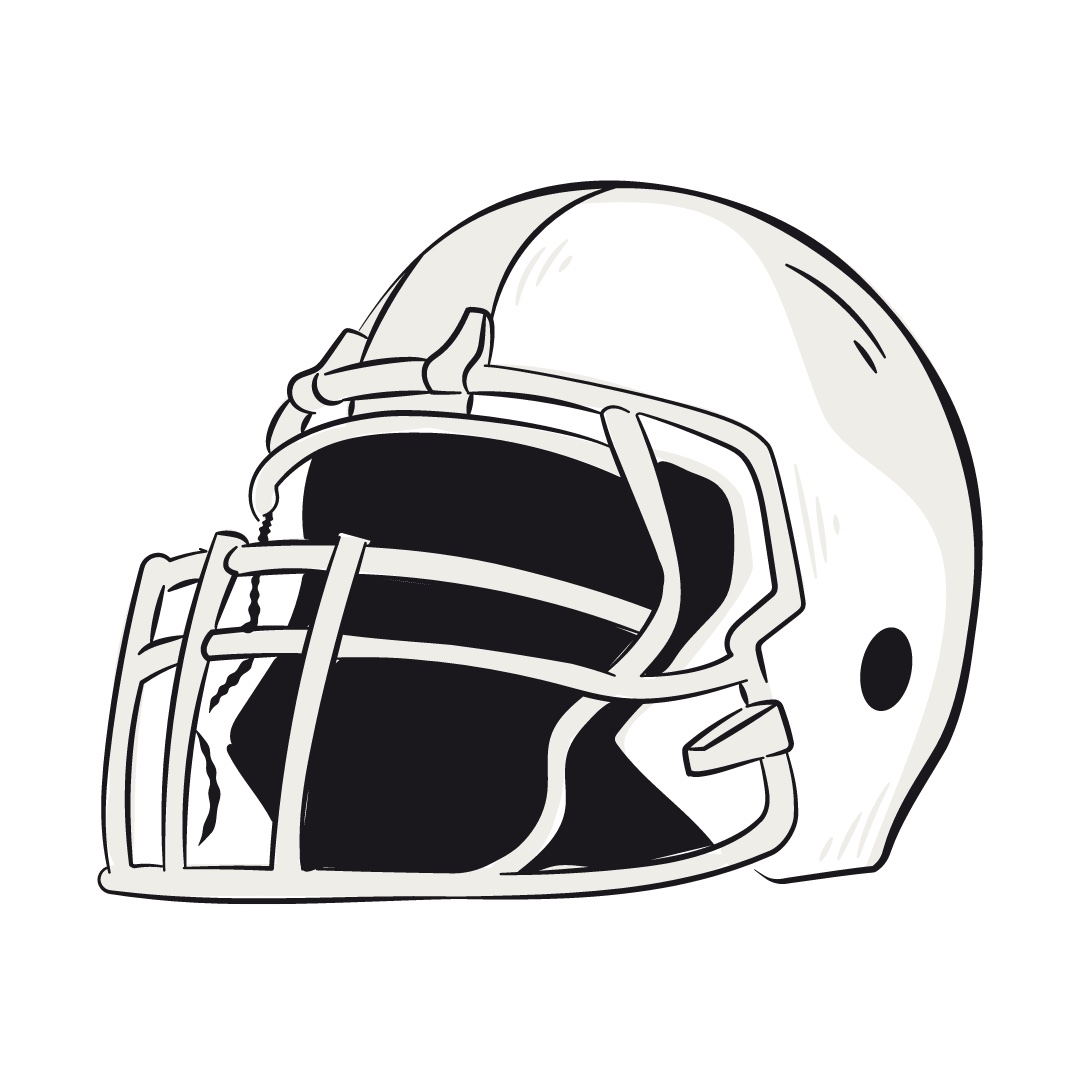Whenever we talk about the subject of suicide, there is always a connotation of depression or emotional instability. Amidst this discussion, we forget to consider the possibility of brain damage. Unfortunately, this was the ultimate cause of Seau's attempt at suicide as he was stated to have experienced the symptoms of stage 2 CTE for many than a decade.
Stage 2 CTE seems like an early stage of CTE . . . and it is! There are a total of 4 stages to the disease. Each stage increases with severity. However, an individual with CTE may not know they have it until much later in their life. This is why screening and proper education have become so important in the current issue.
At first, this story may look like a call to end all sports! You can't have CTE if you don't play the sports that cause it. But this is nowhere near the right answer to this question. Medicine and quality of life have a balance that must be met. What do we do then?
It might seem simple, but the only real answer is to avoid head injuries and contact. While this may seem counterintuitive after the last statement, there is always room for safety amidst any competition. For football players, this may mean developing judgment on good tackles and developing proper technique. However, all sports can find a way to include some preventive practices into order before it's too late.
 CTE Awareness Initiative
CTE Awareness Initiative
